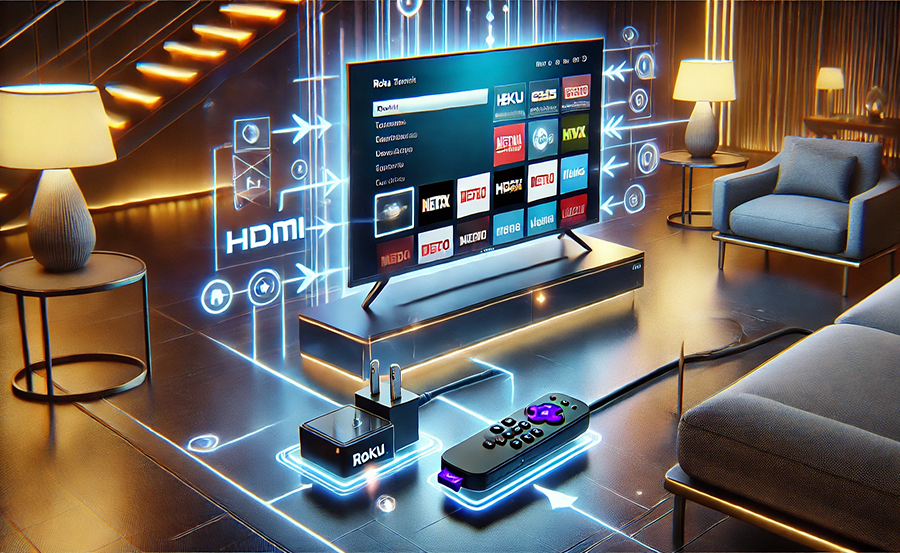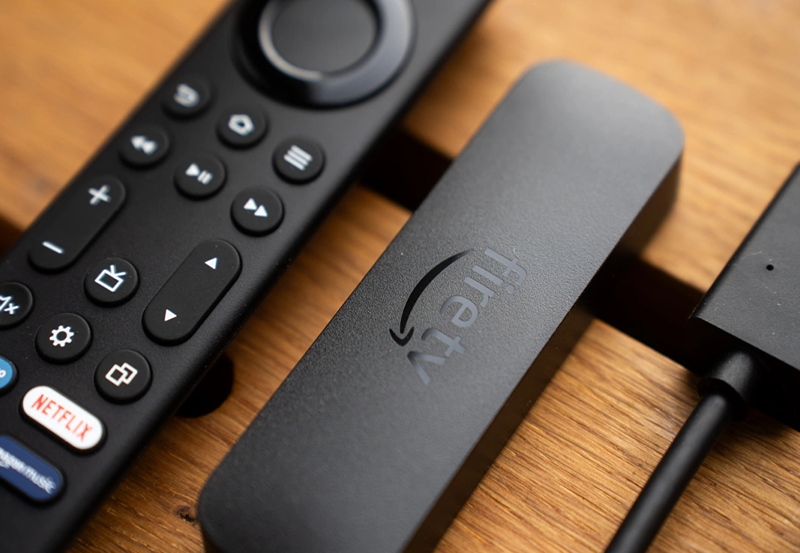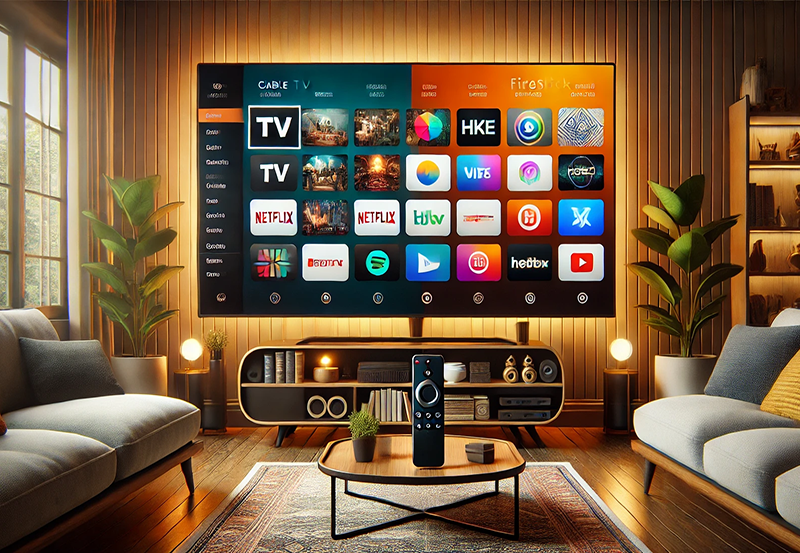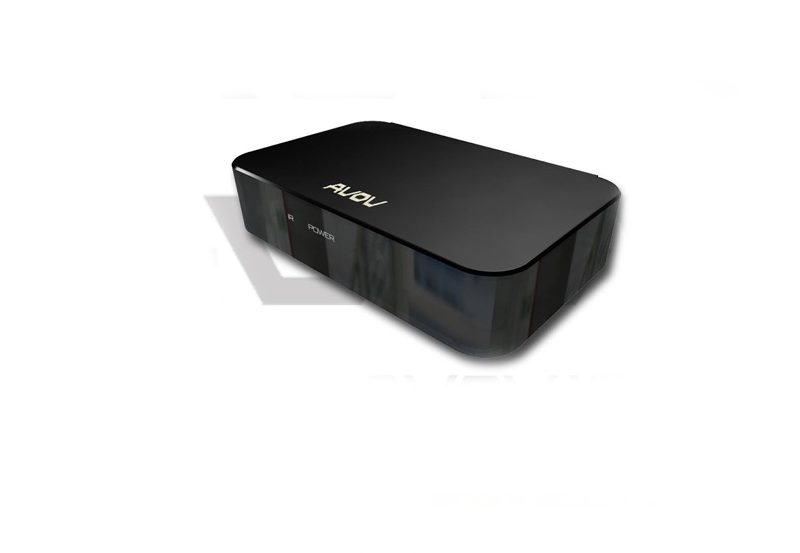In our technology-driven world, keeping up with the ever-evolving streaming platforms has become both a necessity and a challenge. Roku, a leading name in streaming devices, offers incredible flexibility, but what happens when it suddenly stops connecting to your TV? For those not born with technical know-how, this can be a hair-pulling experience. But don’t worry; this guide will walk you through the potential reasons and real-world solutions to get your Roku back on track. Whether you’re an occasional streamer or someone who considers their Roku an essential household item, understanding these problems is crucial. Let’s dive into solving this connectivity conundrum.
Buy 1 Year IPTV Subscription and Enjoy Unlimited Content
Common Reasons Your Roku May Not Connect to the TV
Issues with HDMI Connection
The HDMI connection acts as the main artery between your Roku and TV. Any disturbance here can prevent effective communication. Start by checking the integrity of your HDMI cable. You might just find it’s gotten loose over time, or perhaps it’s seen better days and needs replacing. It’s also wise to ensure that the HDMI port on both your TV and Roku device is functional and clear of any obstructions.
Many people often overlook the HDMI cable when diagnosing issues, but it’s a central component of connectivity. Remember to power off both devices when plugging and unplugging to avoid any potential damage. If trying a new cable doesn’t resolve the issue, it might be worth switching ports to rule out a faulty HDMI socket.IPTV service
Incorrect Input Settings
Sometimes, the simplest oversight can lead to the biggest headaches. Verify that your TV is set to the correct input source. It sounds basic, but often switching between various connected devices can lead to mix-ups. Use your TV’s remote to cycle through the available input options until you find the one that matches your Roku device connection.
Remembering the last settings might not suffice since different TVs prioritize connections in various ways. Ensure the input source displays an image or use the signal cable as a guide to help determine the correct choice.
Power Supply Problems
Without sufficient power, your Roku device won’t operate optimally. The power needs could vary slightly depending on the model you own. If it’s not receiving the required power, it can lead to intermittent connection issues or complete failure to connect. Ensure the power adapter is functioning properly and connected securely to both the wall socket and the Roku device.
If using a USB port from the TV itself to power the Roku, consider switching to a dedicated power outlet. The USB ports on TVs don’t always provide consistent power, leading to repeated disconnects or failure to boot the streaming device properly.
Software Glitches and Firmware Updates
Software bugs can be pesky, often appearing without warning and causing havoc. Ensure your Roku device has the latest firmware updates installed. Outdated software can lead to compatibility issues, resulting in connectivity problems. Most devices update automatically, but it doesn’t hurt to manually check to ensure you’re running the latest version.
Occasionally, temporary glitches may occur, and a simple restart could set things right. Unplug your Roku, wait a few moments, and plug it back in. This act of refreshing can rectify minor bugs and establish a new connection with your TV.
Troubleshooting Tips for Resolving Roku Connectivity Issues
Check and Reset Network Settings
Your network plays a pivotal role in how effectively your Roku functions. If your device struggles to connect, it’s worth examining your network settings. Begin by analyzing the Wi-Fi signal where your TV and Roku are located. Weak signals can disrupt streaming and prevent successful connections.
Resetting your network settings on the Roku device can also work wonders. Navigate through the settings menu to the network section and opt for a fresh scan or reset. Often, this can clear out any unwanted settings that were causing disruptions.
Utilizing Ethernet as an Alternative
If Wi-Fi proves problematic, using an Ethernet cable might be your saving grace. Hard-wired connections tend to offer more stability and speed, which can lead to fewer interruptions. However, ensure your living room arrangement allows for a seamless setup without having a jungle of cables trailing across the floor.
Connection requires the correct adapter if your Roku model doesn’t support Ethernet natively. Investing in one might enhance your streaming experience and relieve any connectivity headaches you’re experiencing.
Amazon FireStick Channels: What’s Included and How to Add More
Factory Reset as a Last Resort
When all else fails, consider performing a factory reset on your Roku device. It’s a step that strips away all pre-existing settings, essentially giving your device a fresh start. However, keep in mind that this process will erase personalized settings and any saved data.
Users should resort to this as a final action after having tried other methods, such as updating firmware and resetting connections. The factory reset option resides in the ‘System’ section of the settings menu.
Exploring Advanced Solutions for Persistent Connectivity Issues
Seeking External Technical Support
If encounters with persistent issues leave you no closer to a solution, external help can provide clarity. Customer support, whether through Roku itself or your TV manufacturer, can offer guidance tailored specifically to your device. They can walk you through steps that might not be present in general troubleshooting guides.
Forums and online communities can also serve as valuable resources, where sharing your experiences could lead to discovering solutions that worked for others in similar situations.
Embracing DuplexIPTV for Enhanced Flexibility
For those whose connectivity issues persist due to regional channel inconveniences, DuplexIPTV could be explored as an alternative viewing option. This service acts as a broader solution for streaming needs, enabling access to multiple forms of content.
Understanding what DuplexIPTV involves might shed light on further connectivity tactics, should the need arise to supplement your Roku usage. It’s vital to approach new streaming solutions thoughtfully, ensuring they integrate seamlessly into your existing setup.
Exploring IPTV Trials as Temporary Alternatives
IPTV trials can serve as temporary streaming solutions while efforts to rectify Roku issues are underway. These trials can provide an insight into different content offerings and might even reveal preferences that lead to broadening your streaming horizons.
Consider IPTV as an interim solution, especially if fixing Roku isn’t immediate or requires professional intervention. While temporary, it offers a window into alternative services not previously considered.
Acquiring Ultimate Streaming Insights
One might glean substantial benefits from embracing Ultimate Streaming Insights as a guide through the world of digital content. Knowing more about how streaming platforms operate can diminish reliance on singular devices, like Roku, while offering a backup of options.
This approach requires a strategic mindset, ready to adapt as technology and streaming services evolve. It illuminates complementary methods to maximize your viewing experience, keeping you entertained even in the face of technical setbacks.
Wrapping Up: Navigating the World of Streaming with Confidence
Fixing Roku connectivity issues isn’t merely about restoring a device to working order; it symbolically gives you control over your entertainment choices. In a culture that shifts rapidly with technological advances, staying informed about potential obstacles and their solutions is empowering. With the knowledge shared in this guide, you can approach streaming hurdles with confidence, assured in making informed decisions about how you consume digital content. Adaptability is key, and understanding the diverse world of streaming will keep you at ease, regardless of which device or platform you choose to explore next.
Frequently Asked Questions
Why does my Roku keep disconnecting from the Wi-Fi?
Frequent disconnections can be attributed to a weak Wi-Fi signal, outdated firmware, or interference from nearby networks. Ensuring a strong signal and upgrading any software may help.
What should I do if none of the fixes work?
If all attempts have failed, consider seeking professional help or contacting Roku’s customer service for more personalized assistance.
Can using an HDMI extender improve my Roku connection?
Possibly. An HDMI extender could improve the integrity of the connection, especially if the physical environment around your TV setup requires it.
Is there a specific type of power supply needed for Rokus?
Typically, using the provided power adapter is best. If substituting, ensure the alternative provides the correct voltage and amperage as noted in your device’s guidelines.order IPTV
Is it safe to reset my Roku device without losing data?
Most basic resets won’t erase your data, but a factory reset will clear personal settings. Always save vital information before proceeding with such steps.
AVOV IPTV Box and Android Integration: full tip





